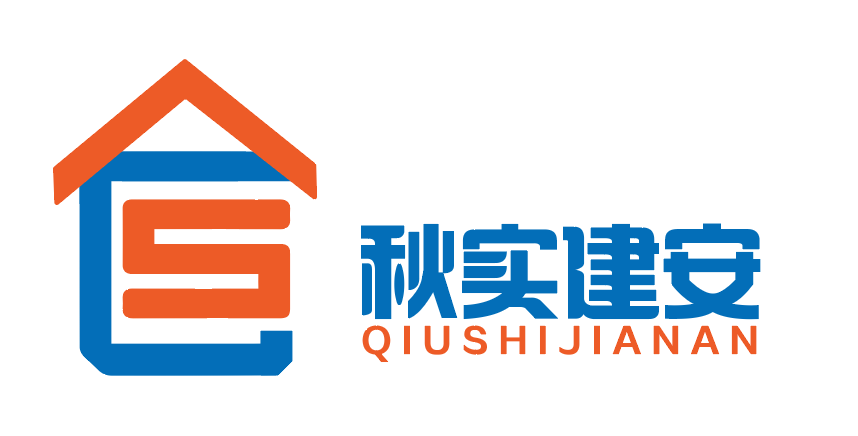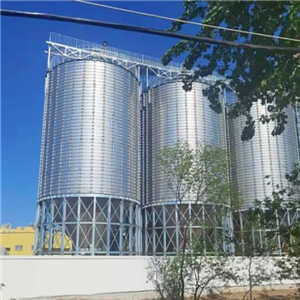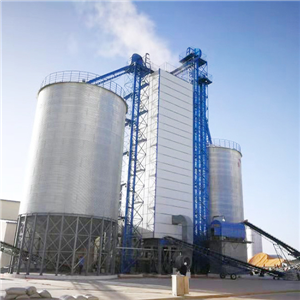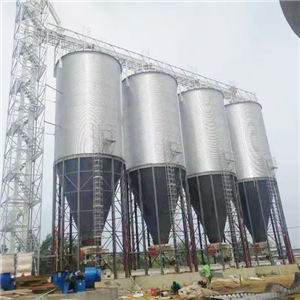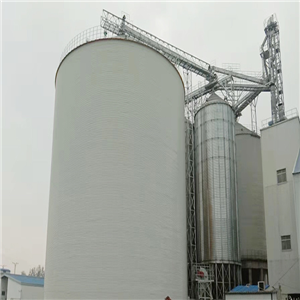How Spiral Silos Enhance Stability in China? Insights into Structural, Economic, and Technical Value
22-10-2025
Spiral silos are frequently discussed by industry experts, yet how this type of Spiral Silo impacts construction stability and industrial development in China remains a mystery to many. Not everyone understands just how crucial a Spiral Silo is—especially amid the rapid urbanization sweeping across the country. A well-designed Spiral Silo does more than store bulk materials; it serves as a cornerstone for ensuring structural safety, optimizing space use, and driving long-term industrial stability.
Structural Characteristics : The Foundation of Stability
When talking about Spiral Silos, their unique structural design is often overlooked—and this design is precisely what makes a Spiral Silo stand out in terms of stability. Unlike traditional silos, a Spiral Silo features a stepped spiral lifting structure that distributes loads evenly across the entire body. This even load distribution prevents localized stress concentrations, a common cause of structural failure in other silo types. For regions prone to natural pressures or heavy material storage, this structural advantage of a Spiral Silo is non-negotiable.
Liaoning Qiushi Silo Equipment Engineering Co., Ltd. (Liaoning Qiushi), a leader in Spiral Silo design and installation, emphasizes that deploying a Spiral Silo requires meticulous preparation—especially soil analysis at the installation site. “A Spiral Silo’s stability starts with understanding the ground it sits on,” notes a senior engineer at Liaoning Qiushi. “If we ignore soil characteristics, even the most well-built Spiral Silo could face risks like tilting or cracking over time.”
During the design phase of a Spiral Silo, it’s not enough to only consider current storage needs; potential landscape changes (such as nearby construction or soil erosion) must also be factored in. A miscalculation in Spiral Silo design can lead to catastrophic and costly consequences, particularly in seismically active areas where a Spiral Silo’s ability to withstand tremors is critical.
Advantages in China’s Unique Context
Liaoning Qiushi, based in Shenyang, has extensive experience installing Spiral Silos across China—adapting each Silo to diverse climatic and geological conditions, from the freezing winters of Northeast China to the humid south. This localized expertise ensures that every Spiral Silo meets the highest reliability standards for China’s unique environment.
China’s varied climate and large number of seismically active zones demand a storage solution that can endure extreme conditions—and a Spiral Silo rises to this challenge. The spiral structure of a Spiral Silo absorbs and disperses external forces, such as earthquake vibrations or strong winds, far more effectively than rigid, traditional silos. In Sichuan, for example, a Spiral installed by Liaoning Qiushi withstood minor tremors in 2024 without any structural damage, proving its resilience.
Another key advantage of a Spiral Silo in China is space efficiency. As urban and industrial areas grow, land scarcity has become a pressing issue. A Spiral Silo’s vertical design allows it to store thousands of tons of grain, coal, or other bulk materials in a small footprint—making a Spiral Silo an invaluable asset for facilities where space is at a premium. A recent project in Guangdong saw Liaoning Qiushi install three replaced five traditional silos, freeing up 40% of the site for other industrial uses.
Economic Benefits Driven
Investing in a Spiral Silo is widely regarded as a strategic long-term decision. While the initial cost of a Spiral Silo may be higher than that of a traditional silo, the economic returns of a Spiral Silo become clear over time: reduced repair costs and enhanced operational reliability. A Spiral Silo’s durable structure minimizes wear and tear, cutting down on maintenance expenses that often plague older silo systems.
Beyond cost savings, a Spiral Silo streamlines logistics and speeds up loading/unloading processes. The even material flow within a Spiral Silo eliminates bottlenecks, allowing for faster transfer of goods. For food processing plants or power stations that rely on continuous material supply, this efficiency of a Spiral Silo translates to increased productivity and reduced downtime. A cement factory in Shaanxi noted that its Spiral Silo reduced loading time by 30%, helping the facility meet production targets ahead of schedule.
Technical Challenges in Spiral Silo Deployment and Maintenance
Despite the many advantages of a Spiral Silo, there are technical challenges that come with installing and maintaining a Spiral Silo. These challenges are not insurmountable—but they require careful planning and expertise to address.
One major challenge is ensuring the corrosion resistance of a Spiral Silo. In coastal regions like Fujian or Guangxi, high humidity and salt in the air can accelerate rusting. Liaoning Qiushi addresses this by using galvanized steel with anti-corrosion coatings for every Spiral Silo, extending the silo’s lifespan by 15–20 years compared to uncoated alternatives.
Transporting Spiral Silo components to remote sites is another hurdle. A Spiral Silo’s large, prefabricated parts require specialized logistics—especially for projects in mountainous areas like Yunnan. Liaoning Qiushi has developed modular Spiral Silo designs that break down components into smaller, more transportable units, making it easier to deliver a Spiral Silo to even hard-to-reach locations.
Post-installation maintenance is also critical for a Spiral Silo’s longevity. Experts at Liaoning Qiushi recommend regular inspections of a Spiral Silo’s seams, ladders, and monitoring systems to catch small issues before they escalate. “A quarterly check of a Spiral Silo can prevent costly repairs later,” says a maintenance specialist. “We offer annual service packages to ensure our clients’ Spiral Silos remain in top condition.”
The Future of Spiral Silos: Innovation and Evolution
As technology advances, Silos continue to evolve—and the future in China looks promising. Researchers and manufacturers like Liaoning Qiushi are exploring lighter, stronger materials that will make a Spiral Silo even more stable and durable. For example, the use of composite materials in Spiral Silo construction could reduce weight by 20% while increasing load-bearing capacity, opening up new possibilities for Spiral Silo use in high-altitude areas.
Liaoning Qiushi is at the forefront of Spiral Silo innovation, investing in R&D to integrate smart technologies into every Spiral Silo. “We’re developing IoT-enabled Spiral Silos that can monitor temperature, humidity, and material levels in real time,” shares a company R&D lead. “This smart Spiral Silo will alert operators to potential issues—like abnormal moisture buildup—before they affect the silo’s stability or the stored materials.”
Looking ahead, It will remain a key player in China’s pursuit of industrial stability and efficiency. From safeguarding grain reserves in the North to supporting manufacturing in the South, a well-designed and will continue to be a reliable asset. With companies like Liaoning Qiushi driving innovation, the Spiral Silo is poised to become even more integral to China’s infrastructure—proving that this humble storage structure is much more than just a place to hold bulk goods.
For more information on how a Spiral Silo can enhance your facility’s stability and efficiency, or to explore Liaoning Qiushi’s custom Spiral Silo solutions, visit their official website at www.qssilo.com or contact their team at sales@qssilo.com.
